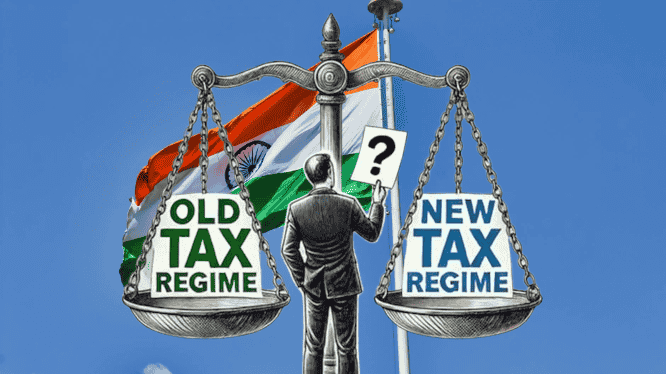What is the main goal of the new tax structure introduced in the Union Budget 2025? & How it affect average taxpayers?

The Union Budget 2025 introduces significant changes to the tax regime in India, presenting a new set of tax brackets that aim to simplify the tax structure and potentially enhance savings for taxpayers. Let’s explores the differences between the old and new tax regimes, highlighting how these changes can impact individual tax savings and the overall financial landscape.
The Union Budget 2025 has introduced a new tax structure that features lower tax rates across various income levels. The government aims to make tax compliance simpler and more beneficial for the average taxpayer. The new tax brackets are designed to provide relief to individuals by reducing the percentage of tax owed on different income segments.
Comparison with Old Tax Regime
The old tax regime was characterized by higher tax rates but allowed for numerous deductions and exemptions, such as those for investments in specified savings schemes, insurance premiums, and home loans. In contrast, the new tax regime significantly lowers tax rates but limits the ability to claim these deductions. Taxpayers will need to assess their financial situations to determine which regime—old or new—will be more advantageous for them.
Impact on Tax Savings
For many individuals, the decision between the old and new tax regimes will center on their specific financial circumstances. Those with substantial deductions may find the old regime more beneficial, while individuals with fewer deductions might prefer the new regime for its lower rates. The budget emphasizes that taxpayers can opt for the regime that maximizes their tax savings, making it essential for individuals to calculate potential outcomes based on their income and deductions.
Simplification of Tax Filing
One of the highlights of the new tax regime is its potential to simplify the tax filing process. By reducing the number of deductions and exemptions, the new structure aims to lessen the complexity associated with filing taxes. This change is expected to encourage more people to file their taxes accurately and on time, ultimately improving compliance rates.
Long-term Financial Implications
Understanding the implications of the new tax structure is vital for effective financial planning. As taxpayers navigate their options, they should consider how the changes may affect their long-term financial goals. Engaging with financial advisors or tax professionals can provide valuable insights into making informed decisions regarding tax strategies.
Final Takeaways
The Union Budget 2025 marks a significant shift in India’s tax landscape with the introduction of new tax brackets designed to reduce the tax burden and simplify compliance. Taxpayers are encouraged to evaluate their financial situations carefully to choose the regime that offers the best savings. As the government aims to streamline the tax process, individuals should stay informed about these changes to ensure they are making the most of their financial opportunities. Ultimately, the right approach to navigating the new tax regime can lead to enhanced savings and better financial health in the long run.